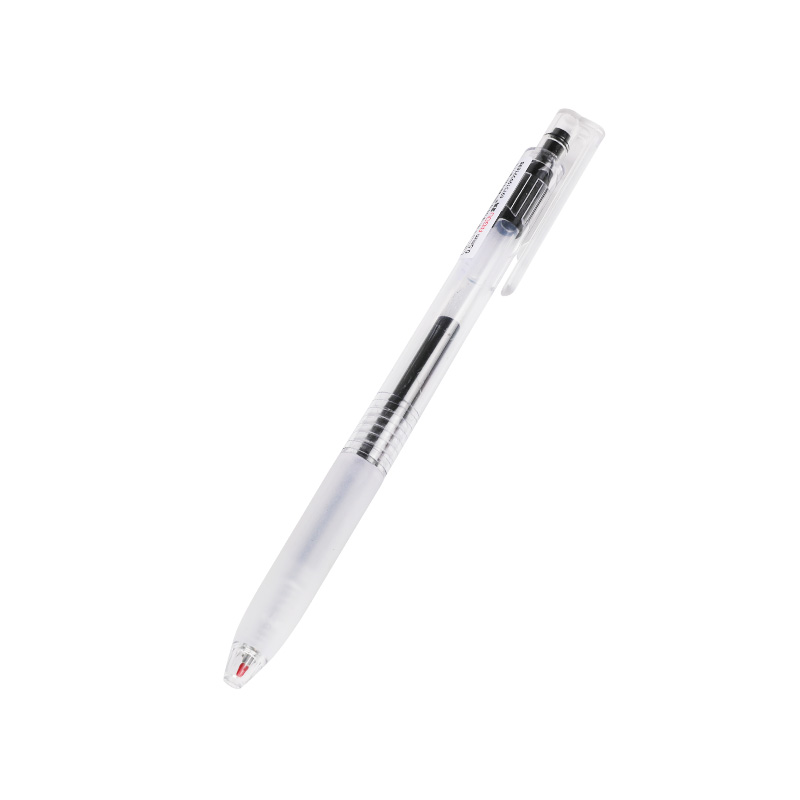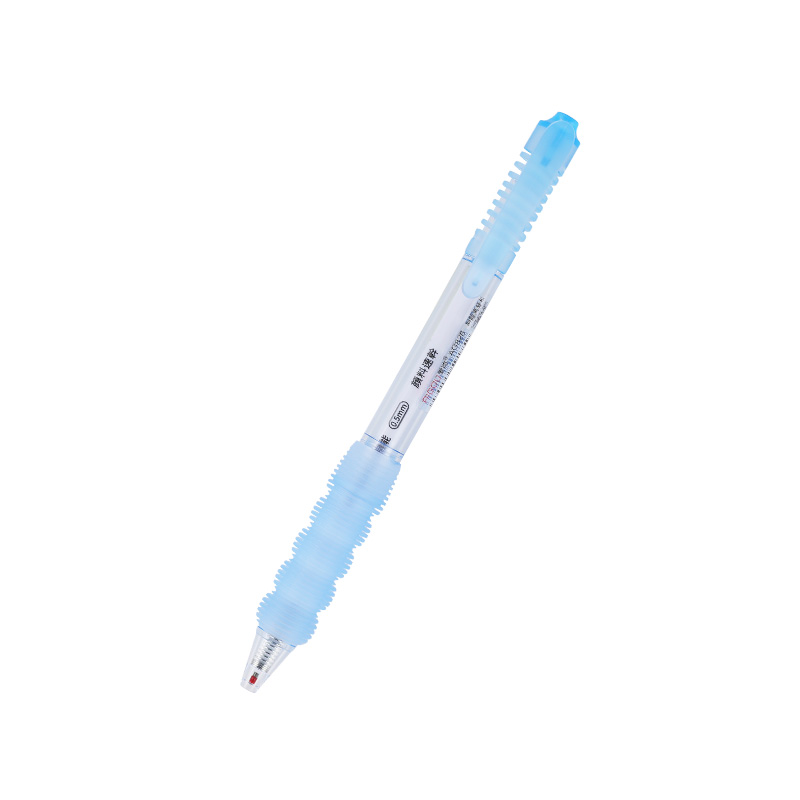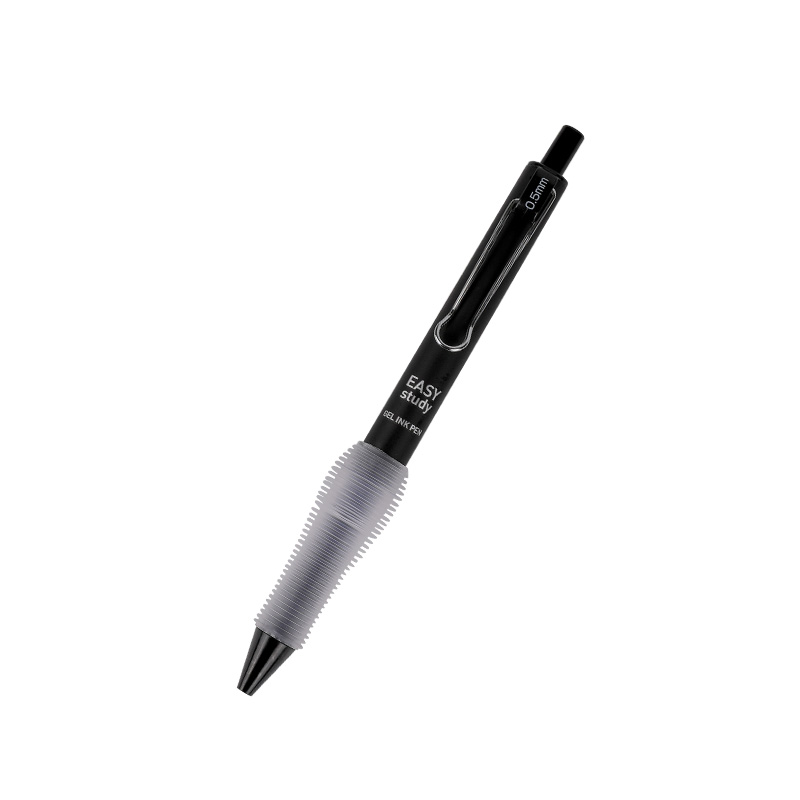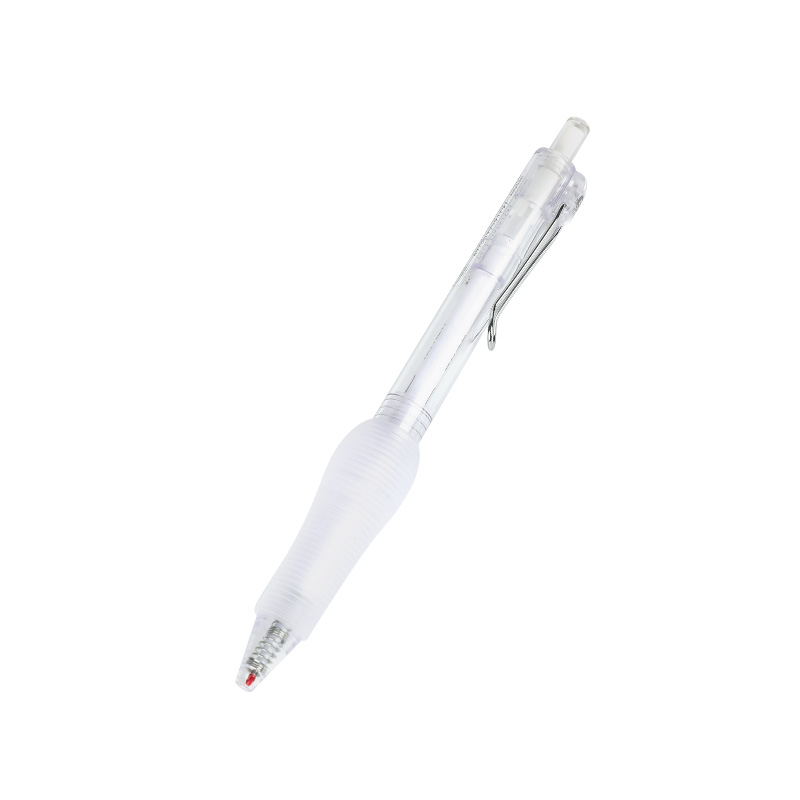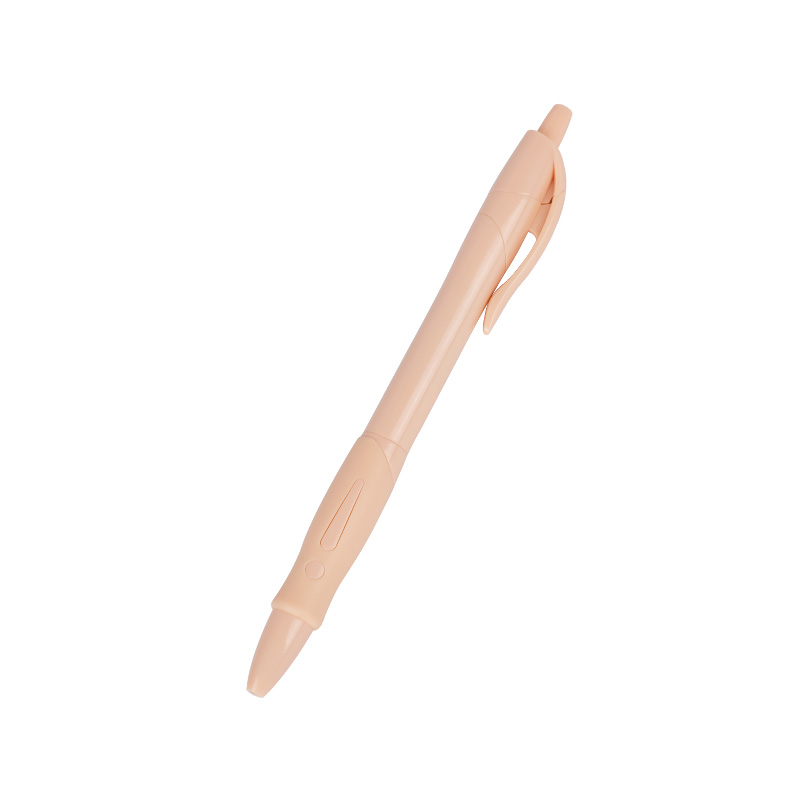The Everlasting Appeal of the Stationery Pen
In an era dominated by screens and touchpads, the Stationery Pen remains a quietly indispensable tool—one that continues to bridge the gap between tradition and modernity. Whether nestled in a student’s pencil case, clipped to an executive’s notepad, or tucked into an artist’s sketchbook, the Stationery Pen still holds a revered place in our daily lives. Beyond its simplicity lies a remarkable combination of craftsmanship, materials, and design—a story that deserves to be told.
At the heart of every Stationery Pen is its material composition. This often-overlooked aspect significantly influences both the writing experience and the pen’s longevity. Today, manufacturers offer three primary types of Stationery Pen bodies: plastic, metal, and wood. Each brings its own character to the desk.
Plastic-bodied Stationery Pens are celebrated for their lightweight feel and ease of handling. They are often preferred by those who need to write for long periods without fatigue. Despite being light, modern plastics are highly resistant to wear, making these Stationery Pens ideal for everyday use in schools and offices alike.
Metal-bodied Stationery Pens, on the other hand, exude durability and a premium tactile experience. With their solid feel and longer lifespan, they are often the choice of professionals seeking a pen that mirrors their own precision. A well-crafted metal Stationery Pen can withstand years of use, making it not just a tool but a companion.
Then there is the wooden Stationery Pen, chosen by those who appreciate natural aesthetics and sustainable materials. With grains that make every piece unique, wooden Stationery Pens merge beauty with function. Often finished with non-toxic coatings, they appeal to users who value eco-conscious design.
But what truly distinguishes a Stationery Pen is its durability. Ballpoint pens—arguably the widely used type of Stationery Pen—are capable of writing several thousand meters before the ink runs dry. This impressive range adds a layer of cost-effectiveness to the already practical Stationery Pen.
For those who favor fluidity in writing, the fountain-style Stationery Pen is a compelling alternative. These pens, equipped with replaceable ink cartridges or reusable converters, offer a more customizable and sustainable solution. Unlike disposable writing tools, a good fountain pen can last for years, with proper maintenance. This reusability is more than a feature—it reflects a shift in consumer consciousness toward long-term value.
One cannot talk about the Stationery Pen without acknowledging its cultural and emotional footprint. From signing significant documents to penning personal notes, the Stationery Pen is often present at life’s important moments. It's tactile feedback, the sound of nib against paper, and the immediate visibility of ink—all contribute to a sensory experience unmatched by digital inputs.
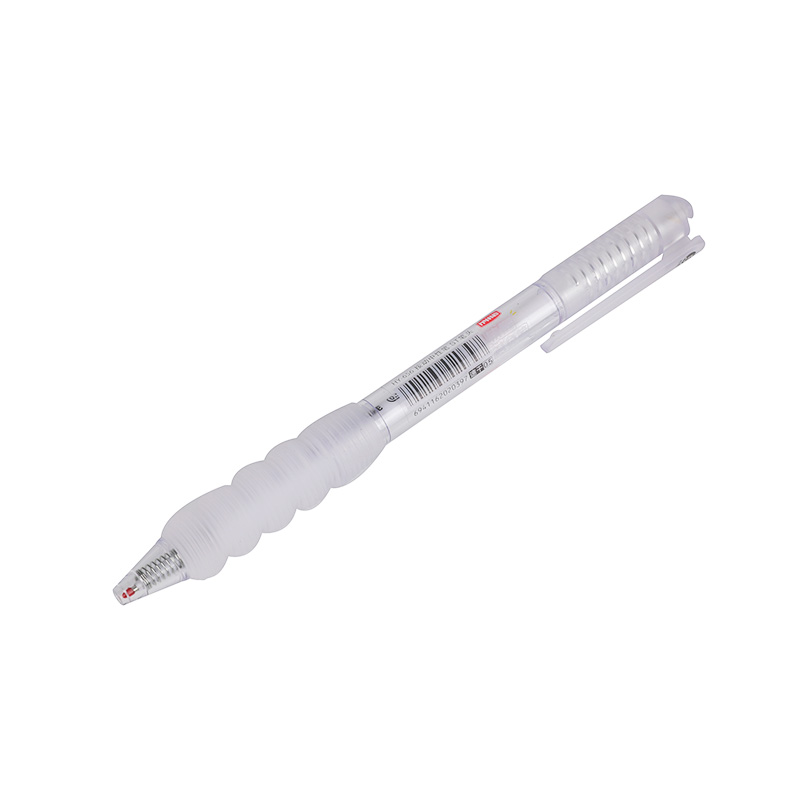
Design also plays a key role in the ongoing appeal of the Stationery Pen. From minimalist aesthetics to intricate motifs, pens can be as expressive as their users. A thoughtfully designed Stationery Pen can serve as both a functional tool and a statement piece.
Innovation continues to shape the modern Stationery Pen. Advances in ink formulation have improved smudge resistance and color richness, while ergonomic designs reduce strain for frequent users. Many contemporary Stationery Pen models now feature hybrid ink technologies that blend the smooth flow of gel pens with the longevity of oil-based inks.
Moreover, the eco-conscious movement is influencing how Stationery Pens are made and marketed. Refillable options, biodegradable casings, and sustainable sourcing of materials have become important selling points. Consumers are looking not only for performance but also for pens that align with their values. The Stationery Pen industry has responded with an array of models that prioritize both form and environmental responsibility.
In educational settings, the Stationery Pen continues to be a vital tool for developing handwriting skills and cognitive connections. Writing by hand, especially with a well-crafted Stationery Pen, reinforces memory and improves learning outcomes—an advantage that keyboards cannot fully replicate.
Ultimately, the Stationery Pen is more than just an instrument of ink and plastic or metal. It is a symbol of thought, creativity, and permanence in a world that often prioritizes speed over substance. Its evolution reflects our own changing needs and aspirations. As long as there are stories to tell, ideas to capture, and moments to sign, the Stationery Pen will remain in hand.

